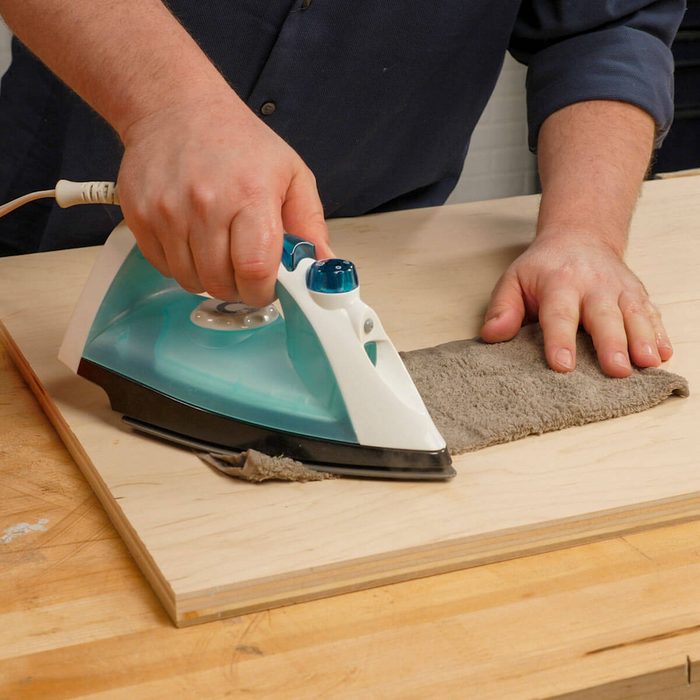
Embarking on your first DIY project can be both thrilling and daunting. With the right approach, tools, and mindset, you can transform a simple idea into a rewarding accomplishment. This guide aims to consolidate essential insights from various sources to help you successfully navigate your DIY journey.
Understanding DIY Basics

Before you dive into actual projects, it’s crucial to grasp the foundational concepts of DIY. Understanding the types of projects suited for beginners can significantly influence your experience. Start with simple tasks that allow you to familiarize yourself with tools and techniques without overwhelming complexity.
Many experts recommend beginning with easy woodworking projects. A collection of plans for simple projects that require minimal tools, such as a birdhouse or a picture frame, can provide an excellent entry point into the world of DIY[1][6]. Moreover, reputable platforms often highlight that woodworking can offer a satisfying sense of accomplishment as you create functional and aesthetically pleasing items for your home.
Essential Tools and Materials

Having the right tools at your disposal is vital. Beginners typically need a basic toolkit that includes a saw, drill, sander, and safety gear such as goggles and gloves[8][9]. It’s important to invest in quality versions of these tools to ensure safety and effectiveness in your projects. Start with simple hand tools if power tools feel intimidating; many projects can be completed without the latter.
In addition to tools, you need to select appropriate materials based on your project. Softwoods like pine are suggested for beginners due to their ease of use and availability[8][10]. Understanding the properties of different wood types and the necessity of using wood glue and screws can enhance the quality of your work.
Project Selection
Choosing the right project is a critical factor in your DIY success. Here are a few beginner-friendly projects worth considering:
Birdhouse: A classic project that teaches basic construction skills, allowing you to understand how to create and assemble wooden components[1][7].
Picture Frame: This project emphasizes accuracy in cutting and measuring while offering ample opportunity for customization[1][6].
Lap Desk: Simple to make and useful, this project requires only a single piece of wood, and it’s perfect for working or studying comfortably[8][10].
Starting with these projects can build your confidence and skills as you prepare for more complex tasks.
Planning Your DIY Project
Research: Gather several tutorials or guides for your chosen project. Visual aids in videos can be particularly helpful for beginners[2][7].
Create a Workspace: Designate a clean, well-lit area for your project. An organized workspace reduces distractions and enhances productivity[3][9].
Safety First: Always prioritize safety by wearing protective gear and ensuring the work area is free of hazards[2][3]. Familiarize yourself with the tools and their operating procedures before you start.
Execution and Learning
Once you're equipped with knowledge and materials, it's time to start. Utilize step-by-step instructions from trustworthy resources. Patience and precision are crucial; DIY projects often require you to measure twice and cut once to avoid costly mistakes[2][8].
When facing challenges, treat each mistake as a learning opportunity. Many DIY enthusiasts emphasize that the ability to troubleshoot and solve problems is an essential skill in the realm of home improvement. Engaging with community forums or seeking advice from seasoned DIYers can also provide support and encouragement[2][9].
Finishing Touches
Upon completing your project, don’t overlook the finishing touches that can enhance the overall appearance and functionality. Whether it’s sanding edges for a smooth finish or applying a protective stain, these details can make a significant difference[6][10].
Moreover, don’t hesitate to share your work. Feedback, whether from friends, family, or online communities, can be invaluable and inspiring for future projects.
Conclusion
Initiating your first DIY project can be an enriching experience that fosters creativity and self-reliance. By starting with simple projects, utilizing the right tools, planning carefully, and maintaining a learner's mindset, you will not only enjoy the process but also cultivate valuable skills. Remember, every expert was once a beginner, and each project completed is a step towards enhancing your DIY mastery[8][10].
Get more accurate answers with Super Pandi, upload files, personalized discovery feed, save searches and contribute to the PandiPedia.
Let's look at alternatives:
- Modify the query.
- Start a new thread.
- Remove sources (if manually added).